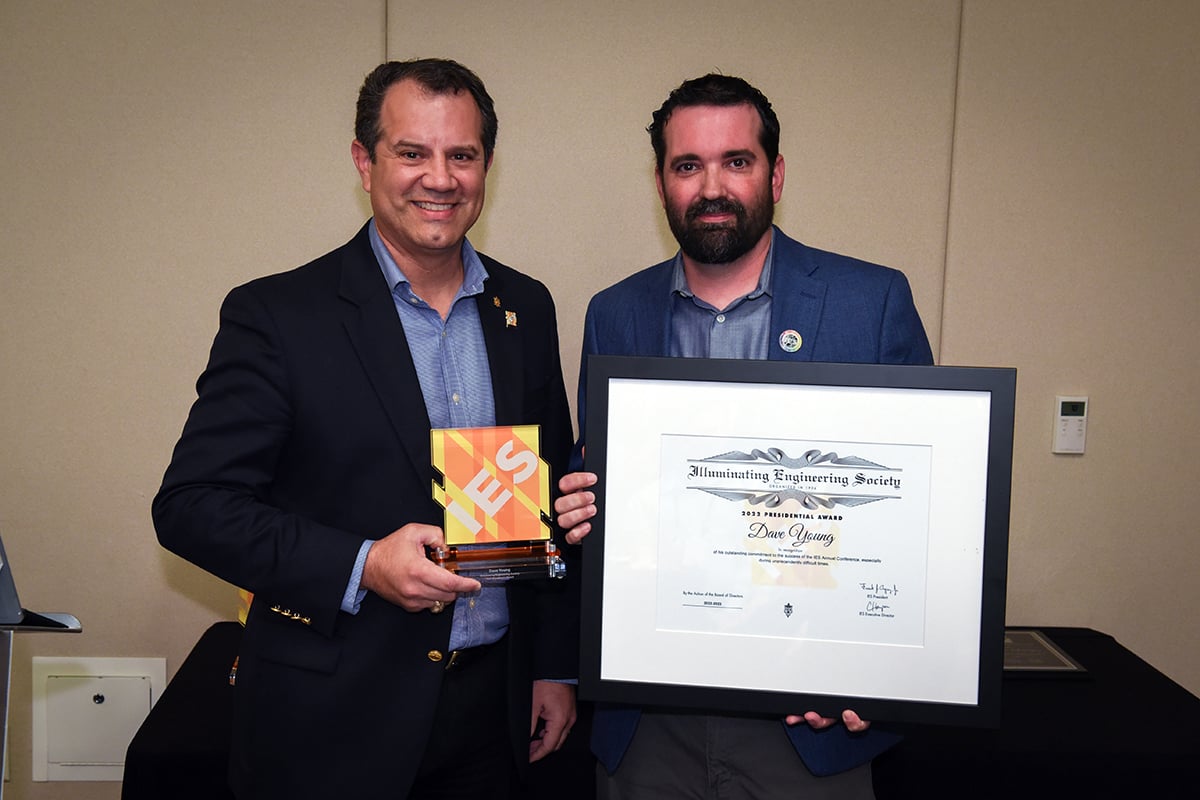Title 24, IECC, and ASHRAE 90.1 are building energy codes that provide minimum standards for the design and construction of energy-efficient buildings. Each of these codes has specific requirements, which are designed to reduce energy consumption, decrease greenhouse gas emissions, and improve indoor air quality. No matter what code you need to follow, ETC’s architectural lighting control systems can help you meet all the requirements.
Introduction to Energy Codes
ASHRAE (American Society of Heating, Refrigerating and Air-Conditioning Engineers) publishes a series of standards that provide guidance on the design and construction of energy-efficient buildings. The most widely recognized of these standards is ANSI/ASHRAE/IES Standard 90.1, which is used as a reference standard in many building energy codes in the United States. ASHRAE Standard 90.1 covers many of the same energy-efficient measures as Title 24 and the IECC, including building envelope, lighting, HVAC systems, and renewable energy systems.
The International Energy Conservation Code (IECC) is a model code developed by the International Code Council (ICC) that sets minimum standards for the design and construction of energy-efficient buildings in the United States. The IECC covers a variety of energy-efficient measures, including building envelope, lighting, HVAC systems, and renewable energy systems.
Title 24 is a set of energy codes developed by the California Energy Commission. These codes apply to all residential and nonresidential buildings in California and are considered to be some of the most stringent energy codes in the country. Title 24 (and California’s Title 20, which outlines appliance regulations and also affects the lighting design process) cover a wide range of energy-efficient measures, including insulation, lighting, HVAC systems, and renewable energy systems.
Each standard updates on a three-year cycle, but those cycles aren’t aligned. The latest edition of ANSI/ASHRAE/IES 90.1 (90.1-2022) was published in January of 2023. IECC’s most recent edition was published in 2021. Meanwhile, current Title 24 regulations were published in 2022 and took effect in 2023.
What are the differences between codes?
The main differences between these codes are found in their requirements for specific energy-efficient measures and the level of stringency in those requirements. For example, here’s a chart comparing requirements for a large, open-plan office space that has windows. We are referencing ASHRAE 90.1-2019, IECC 2021, and Title 24-2022 code.
In the chart, an “R” means the requirement is meant for Retrofits, a “N” means the requirement applies to new construction, and a “B” means that it applies to Both. (And of course there are rules that determine at what size a retrofit triggers compliance to the current code that you’ll need to pay attention to.)
|
|
Title 24-2022 |
IECC 2021 |
ASHRAE 90.1-2019 |
||
| Open Office Square Footage |
>250 |
>300 |
>250 |
||
| Lighting Power Density |
0.65 W/ft2 |
0.61 W/ft2 |
0.61 W/ft2 |
||
| Local Control |
Switching |
R |
|
|
|
| Multi-level or dimming |
N |
B |
B |
||
| Automatic Control |
Timeclock |
|
|
|
|
| Occupancy Sensor |
B |
B |
B |
||
| Settings for Automatic Control Devices |
Full ON |
|
|
||
| Partial ON |
B |
B |
B |
||
| Full OFF |
B |
B |
B |
||
| Partial OFF |
N |
B |
|
||
| Additional Controls |
Daylight Responsive Control |
N |
B |
N |
|
| Plug load Control |
N |
B |
B |
||
| Demand Response |
N |
|
|
||
Right off the bat we run into differences even defining the space we’re talking about. Title 24 and ASHRAE 90.1 set their square-footage for an open-plan office with windows at 250 square feet at a minimum. For comparison, the IECC sets the size of an open-office that requires this level of control at 300 square feet – exempting more spaces from needing to comply with greater control scrutiny.
ASHRAE 90.1 and IECC require systems to adhere to a slightly more stringent Lighting Power Density (LPD) requirement: 0.61 watts per square foot (W/ft²). This means that the lighting power used in the space must not exceed 0.61 watts for every square foot of floor area. This LPD limit applies to the entire space, including the area near the windows. Title 24 isn’t too far back, allowing 0.65 W/ft² LPD.
All codes only allow automatic controls to only partially turn luminaires on. (Manual switches can still drive fixtures to full.) Automatic controls under ASHRAE and IECC codes can turn lights on to 50% automatically, while Title 24 allows occupancy sensors to activate lights at 50-70% of power.
Additionally, all codes require the use of automatic daylight controls in common office spaces with windows. These controls are designed to adjust the artificial lighting levels based on the amount of natural daylight available in the space. For responsive daylight control you’ll need a daylight sensor, like ETC’s sensors for Paradigm, Echo, and Echoflex.
Finally, some buildings will need to have plug load control so individual receptacles can be turned off when the space is unoccupied, thus preventing “vampire” energy usage. Again, it appears that IECC and ASHRAE are more stringent than Title 24, requiring receptacle control in both new construction and retrofits, while Title 24 only requires it in new construction.
 On the other hand, Title 24 requires new buildings to be capable of implementing Demand Response technology so it can reduce its power consumption upon receiving a signal from the local utility. Whereas IECC and ASHRAE don’t require it at all.
On the other hand, Title 24 requires new buildings to be capable of implementing Demand Response technology so it can reduce its power consumption upon receiving a signal from the local utility. Whereas IECC and ASHRAE don’t require it at all.
And all of this is just for one space. There are more than a dozen types of spaces listed in all codes, including specific requirements for lobbies, atriums, parking garages, restaurants, conference rooms, exteriors and more.
Now you have an idea about what energy codes are – and how difficult they can be to navigate for lighting designers and system specifiers. In our next post in this series we’ll tackle how ETC’s Paradigm, Echo, and Echoflex architectural control systems help you meet all the varied requirements.





